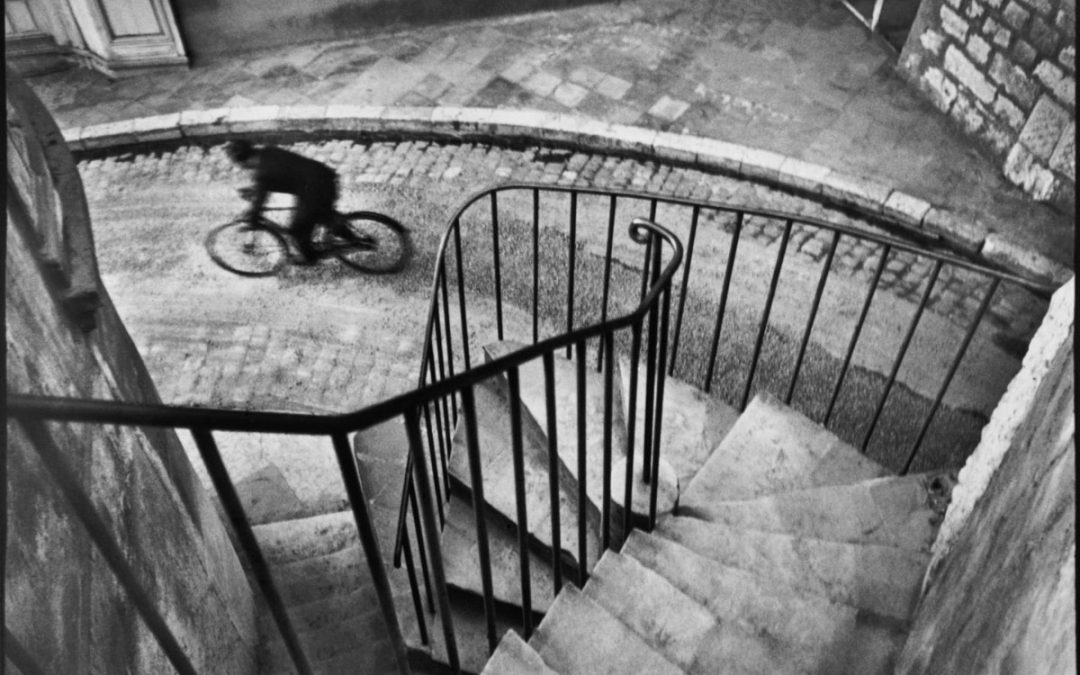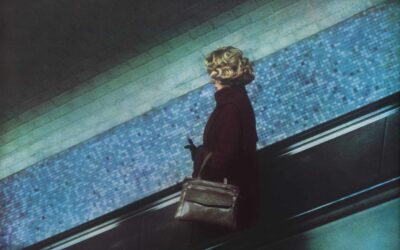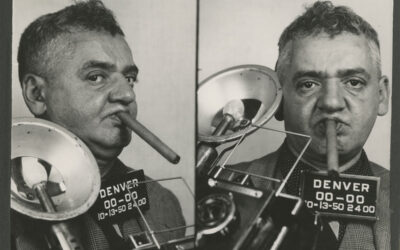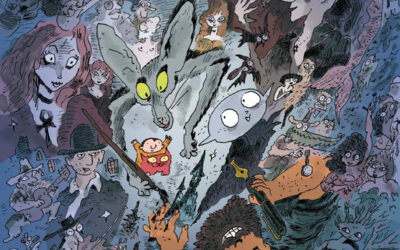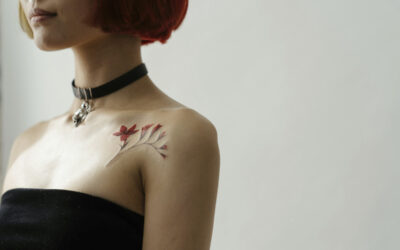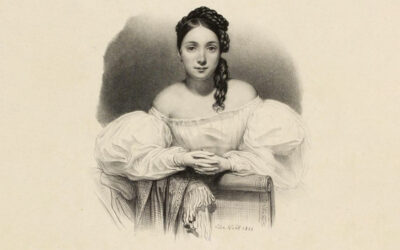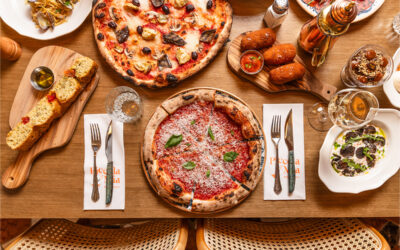Henri Cartier-Bresson, Hyeres, France, 1932, © Henri Cartier-Bresson Foundation/Magnum Photos
Certain photos by Henri Cartier-Bresson, very numerous, are masterpieces. Others are just great. Still others are just great or very, very, very interesting. For its reopening, the Carnavalet museum is rewarding us with an exhibition by someone who is quite simply the greatest French photographer. Not to be missed !
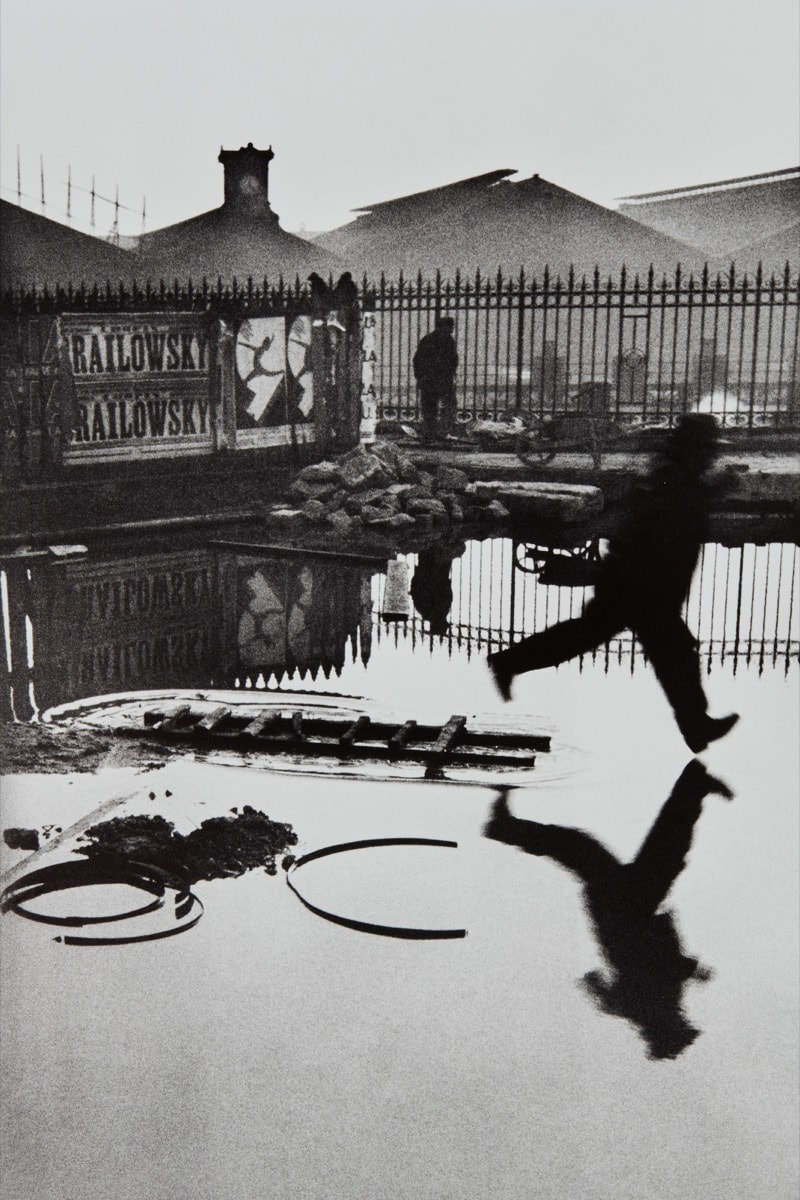
Henri Cartier-Bresson, Behind Gare St. Lazare, Paris, 1932 © Henri Cartier-Bresson / Magnum Photos
Extremely sensitive, the photos of the master of the “decisive moment”, who died exactly fifteen years ago at the age of 95, in August 2004, remain as “bluffing” as ever. Devoted essentially to his work in the capital, the exhibition See Paris again – which responds to and completes the one dedicated to Eugène Atget, entitled See Paris, also in the Marais – shows us his best-known images, such as “the man who jumps on the water behind the Saint-Lazare station, and introduces us to a number of lesser-known images, such as his reports for the weekly Looking back to the 1930s, photos of the Liberation of Paris, or even snapshots of celebrities, like the wonderful one of Alberto Giacometti protecting himself from a torrential rain under his raincoat on rue d'Alésia.
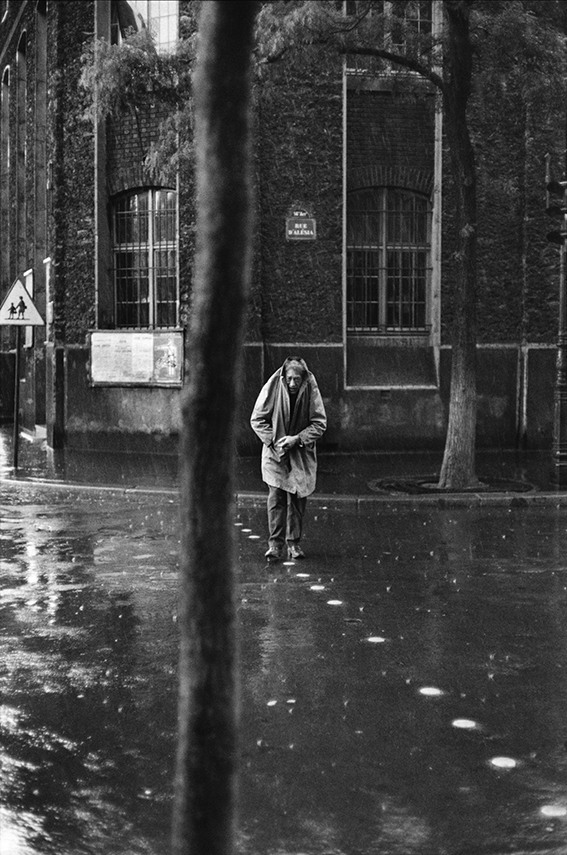
Henri Cartier-Bresson, Alberto Giacometti rue d’Alésia, Paris, 1961, © Henri Cartier-Bresson Foundation/Magnum Photos
In a not-to-be-missed video (towards the end of the exhibition), Cartier-Bresson explains: "The difference between an extraordinary photo and a mediocre photo comes down to a few centimeters."
Those of the brilliant photojournalist have the perfection of a "surveyor of the living", to use the title of a section of the exhibition, devoted to the 1950s and 1960s. This period is undoubtedly the golden age of who owed his first recognition to two exhibitions at the Museum of Decorative Arts, in 1955 and 1966 where his images of the Seine were exhibited, one of which in particular (the view of the Saint de la Cité island from the Pont des Arts) reminiscent of an impressionist painting.
The exhibition at the Carnavalet museum is an extension of those at the Art Deco museum.
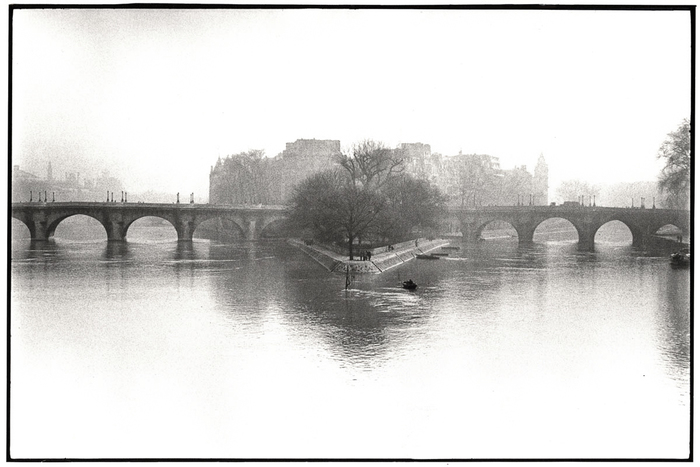
Henri Cartier-Bresson, Ile de la Cité, Paris, 1952, © Henri Cartier-Bresson Foundation/Magnum Photos
Among the multitude of wonderful images of Paris, the views of the rue de Turenne, of a vacant lot in the Marais or of the Places de la Bastille and the Place de la République have obviously caught the attention of Marais Mood!
Henri Cartier-Bresson
See Paris again
Carnavalet Museum
until 31 October 2021
23 Rue de Sévigné, 75003 Paris
Tuesday to Sunday from 10 a.m. to 18 p.m.
Tel: +01 44 59 58 58 XNUMX
Reservation required in advance on the site carnavalet.paris.fr
Text: Axel G.
16. 07.21
THERE ARE LOTS OF MUSEUMS HERE
Annie Ernaux, the literature of reality at the MEP
The 2022 Nobel Prize-winning writer has been interested in photography for a long time, notably in the text “the use of photography”, a four-handed story published in 2006. At the European House of Photography, on the banks of the Seine , the exhibition Exteriors - Annie Ernaux & Photography flourishes until May 26, 2024.
The Weegee enigma, extreme photographer
American photojournalist from the 1930s and 50s, famous for his black and white photos of nightlife in New York, Weegee takes this nickname as a nod to the spirit board, the Ouija board. Because he proclaims himself a “psychic photographer” with the 3rd eye.
Joann Sfar featured at MAHJ
Who doesn’t know the comic strip “The Rabbi’s Cat”? Its creator, Joann Sfar, was born in Nice in 1971. In this retrospective at the Museum of Art and History of Judaism in the heart of the Marais, the first of its kind, we will see many original plates presented in images by the famous cat .
NOW ON THE MOOD MARSH
The best tattoo parlors in Marais
Tattooing, an age-old practice, has long been the prerogative of convicts, dock workers, the underworld and sailors. Although it has become democratized, now affecting all profiles and concerning one in five French people, including 16% women compared to 10% men, it still remains taboo due to its definitive and transgressive nature.
Juliette Drouet actress, muse and mistress of Victor Hugo
At 14 rue Sainte-Anastase, from 1836 to 45 and at 12 from 1845 to 48, a few hundred meters from Place des Vosges, lived the muse and lover of Victor Hugo, Juliette Drouet née Julienne Gauvain.
Piccola Mia, the pizzas of the Republic
On the Place de la République, a brasserie with Italian accents has just opened, which quickly made people forget the old Pizza Pino. Welcome to Piccola Mia, the fruit of the joyful encounter between Italian chef Denny Imbroisi, pizza chef Julien Serri and mixologist Matthias Giroud who creates a creative cocktail menu.

